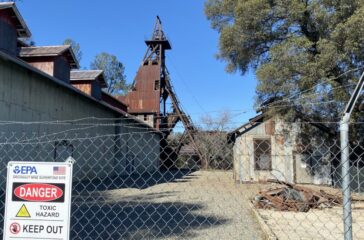Climate change brings new urgency to threats posed by abandoned California gold mines
By Leah Campbell
On the western slopes of the Sierra Nevada mountain range in California sits the small town of Nevada City, a historic Gold Rush community where prospectors once mined for riches in the creek that ran alongside town. Today, it’s a popular tourist destination known for its easy access to the picturesque Yuba River and the region’s famed ski resorts.
 EWG
EWG